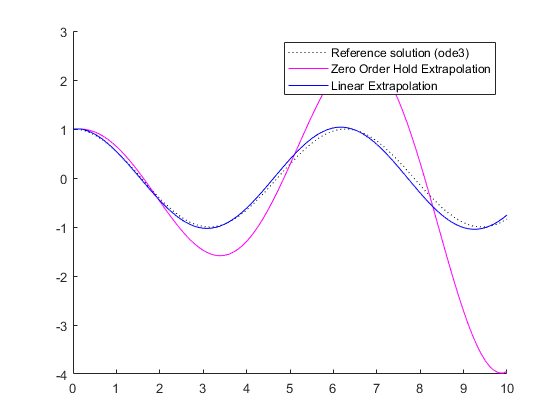设计模型行为
特定功能和应用的建模方法
模型方程是系统的抽象表示,它用微分方程、差分方程和代数方程描述动态行为。
在设计模型行为的过程中,您可以根据基本原理和通过试验从系统中收集的数据推导出模型方程。使用 Simulink® 能够以可执行方式直观地表示模型方程,对模型进行仿真和观察模型随时间的变化。
设计模型行为还包括创建算法和向模型添加方程的过程,这会导致模型行为的更改。例如,您可以将控制器算法添加到电机模型中以调节转速,也可以将滤波器算法添加到通信模型中以消除干扰噪声。
类别
- 条件执行子系统和模型
控制子系统或模型的执行时间
- 迭代子系统
将子系统配置为重复执行
- Simulink 函数
定义可从整个 Simulink 模型层次结构访问的函数
- 计时和调度
了解仿真计时和调度
- 事件函数
自定义默认模型初始化和终止方法
- 消息
在 Simulink 模型组件之间建立基于消息的通信
- 调度模型组件
创建导出函数、基于速率的模型和分区,以便为代码生成调度模型
- 非线性
非线性建模利用查找表,通过将输入值映射到输出值求出近似的数学函数
- 多核处理器目标
为部署在多核系统或 FPGA 系统上的并行执行系统建模


